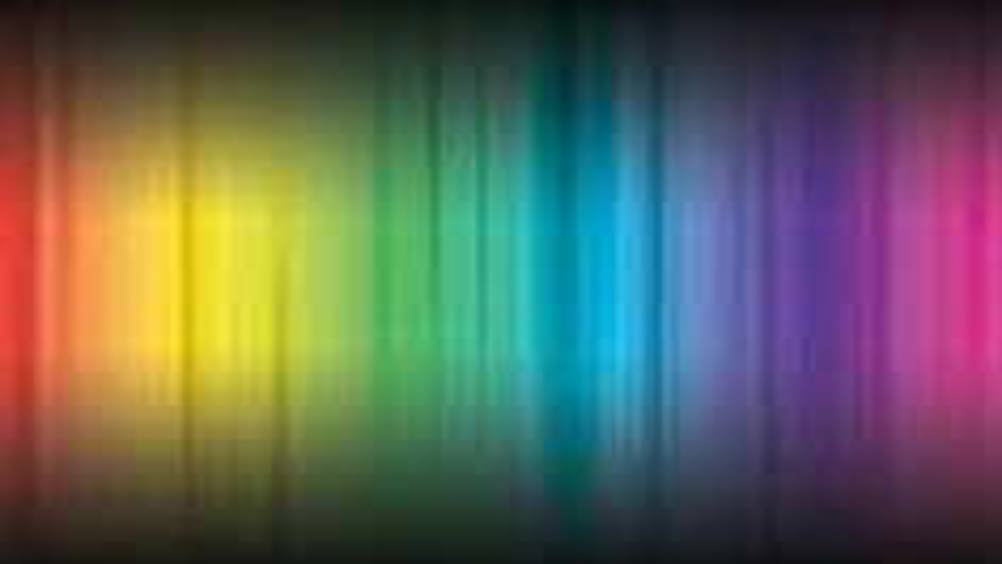Telecom spectrometers
Vancouver, British Columbia, based T-Ray Science has entered into a research collaboration with Leeds University to develop pulsed and continuous-wave (CW), fibre-coupled terahertz (THz) spectrometers that operate at telecom wavelengths.

Prof Edmund Linfield will lead the project in the School of Electronic and Electrical Engineering, with Dr John Cunningham and Prof Giles Davies.
The commercial advantage of developing a spectrometer at the telecom wavelength is that the researchers will be able to use mass-produced telecom components such as lasers, fibres and couplers that could reduce the cost of a system by 90 per cent compared to existing THz systems.
’The collaboration with Leeds University could lead to low-cost, compact and easy-to-use terahertz diagnostic and imaging systems for applications in medical imaging, explosives detection, airport security and manufacturing quality control,’ said Thomas Braun, president and chief executive of T-Ray Science.
The Leeds researchers have also received a grant from the Engineering and Physical Sciences Research Council to fund their work on the project.
T-Ray supported the grant application and will assist in the project through laboratory tests of the newly developed system. The company will also have the opportunity to license any Intellectual Property that may result from the project.
Register now to continue reading
Thanks for visiting The Engineer. You’ve now reached your monthly limit of news stories. Register for free to unlock unlimited access to all of our news coverage, as well as premium content including opinion, in-depth features and special reports.
Benefits of registering
-
In-depth insights and coverage of key emerging trends
-
Unrestricted access to special reports throughout the year
-
Daily technology news delivered straight to your inbox










Construction industry lags in tech adoption
Are these the best people to ask "Insights from 2,000 Industry Leaders"? - what would their customers views be like (perhaps more...